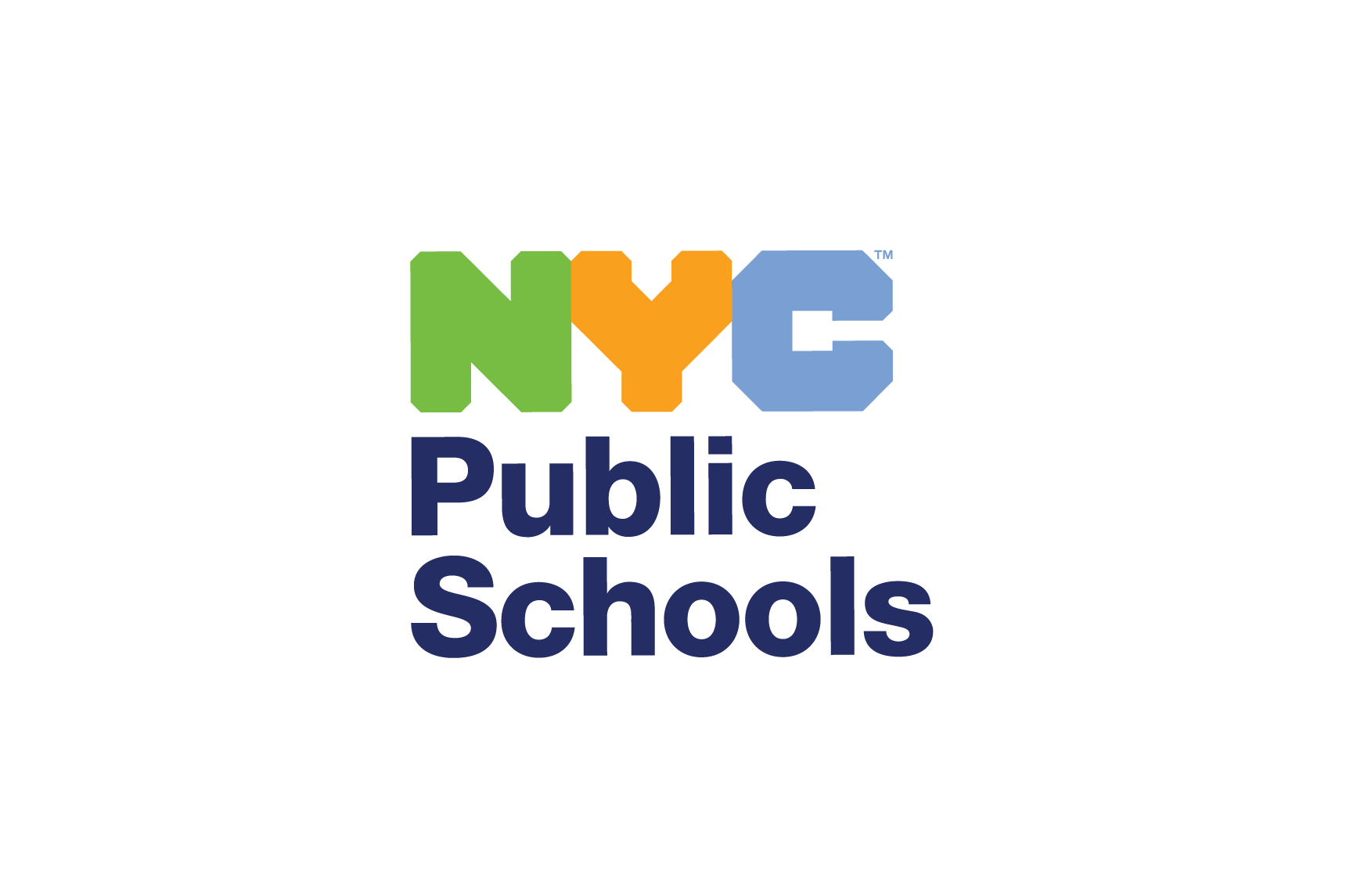Update on NYCPS's Budgeting Process for the 23-24 School Year
Today, New York City Public Schools (NYCPS) provided an update to school leaders concerning the upcoming update to enrollment numbers and the associated Mid-Year Adjustment.
Today, New York City Public Schools (NYCPS) provided an update to school leaders concerning the upcoming update to enrollment numbers and the associated Mid-Year Adjustment. While schools actively track their current enrollment numbers, NYCPS will formally provide preliminary, non-audited enrollment numbers in early November and re-allocate Fair Student Funding resources accordingly.
We expect many schools to exceed their enrollment projections from May, while others will be below those projections. Per the long-standing school funding process that every previous administration undertook, we will adjust funding to reflect these changes in enrollment, in alignment with how we are funded by the state and federal governments.
Stimulus Funds & Mid-Year Adjustment Policy: The MYA policy was waived for the past three years, made possible by the COVID-19 federal stimulus funds. Historically and prior to those one-time funds, school budgets were adjusted in Fall of each year, to reflect actual enrollment compared to initial projected enrollment. Funding based on enrollment is consistent with both state and federal funding policies, and is an important tool for ensuring funding is equitably distributed. This is a critical process that gives schools with higher enrollment than projected the money they need to meet the needs of their students.
During the COVID-19 pandemic, the Hold Harmless policy prevented schools that saw lower student enrollment than projected from experiencing a reduction in funding. However, as communicated previously, this policy was temporary, and relied on temporary and finite stimulus funds.
Reverting to Normal School Budgeting Process: In response to the loss of stimulus funding NYCPS will revert to the typical MYA policy. This means a reversion to our pre-COVID-19 policy, where schools with enrollments surpassing their projected figures will receive mid-year adjustment increases, and conversely, those with enrollments below the projected numbers will face budget reductions. Our team will work with schools to manage these reductions and minimize the impact on classrooms.
Ongoing Support for New Needs: Since the launch of Project Open Arms last year, our schools have welcomed 12,000 new students in temporary housing this school year and over 30,000 since July 2022. We anticipate this influx of new students to continue throughout the school year; we have already provided "register growth” funds to schools seeing increases in students, and due to improvements in our Fair Student Funding formula, schools receive additional money for each student in temporary housing they are serving.
Recent Investments: NYCPS's commitment to supporting our schools has manifested in significant financial investments this year:
- $90M in new Fair Student Funding weights for students in temporary housing and schools with high concentrations of need.
- An initial hold harmless amount of $180M in June 2023 to ensure schools had the financial resources necessary to start the school year.
- Significant budget appeals totaling $60M.
- $17M to schools to adjust for register growth (enrollment increases).
Adjustment Process: Schools can expect adjustments to their Fair Student Funding (FSF) based on student enrollment as of October 31st for general education students and December 31st for students with disabilities. Preliminary enrollment data and information regarding the impact of the Mid-Year Adjustment will be available after October 31st. Spending decisions are made at the school-level and are the sole discretion of school leaders.
Statement from NYCPS spokesperson: “As NYCPS navigates the current fiscal landscape, we've made the necessary decision to revert to our pre-COVID Mid-Year Adjustment policy that every previous administration undertook. Over the past three years, federal stimulus funds played a crucial role in ensuring schools with reduced enrollments weren't adversely impacted in a crisis. This year, as those funds conclude, we're reverting to funding schools for the students they have enrolled while remaining deeply committed to our students, as seen through significant investments like the $90M in Fair Student Funding for students in temporary housing. Importantly, if schools see an increase in students at any point in the school year, we will push additional funding to them to ensure they have what they need to serve each of their students. Our goal remains consistent: providing the best educational environment for every student, regardless of changing fiscal conditions.”

